24 pages • 48 minutes read
Rudyard KiplingThe Mark Of The Beast
Fiction | Short Story Collection | Adult | Published in 1890A modern alternative to SparkNotes and CliffsNotes, SuperSummary offers high-quality Study Guides with detailed chapter summaries and analysis of major themes, characters, and more.
Literary Devices
Epigraph
The word epigraph comes from the Greek word epigraphein, which means “to write on.” An epigraph is a short quotation, saying, or poem from another author that appears at the beginning of a text. An epigraph helps frame a literary work: it may give the reader context for a story or hint at overarching themes in the piece.
In “The Mark of the Beast,” Kipling uses a native proverb as an epigraph to begin the story: “Your Gods and my Gods—do you or I know which are the stronger?” (241). The epigraph points to a major theme in the story, the conflict and disconnect between the English and native Indian cultures, and suggests the inability of the British to ever fully rule India.
Literary Allusion
An allusion is a brief reference by the writer or speaker in a literary work to something else: another literary work, a person, an historical event, a work of art or film, or something culturally significant.
Kipling includes several allusions in “The Mark of the Beast.” He refers to the 1878 Gilbert and Sullivan song “Carefully on Tip-Toe Stealing” from the comic opera HMS Pinafore when 







Related Titles
By Rudyard Kipling
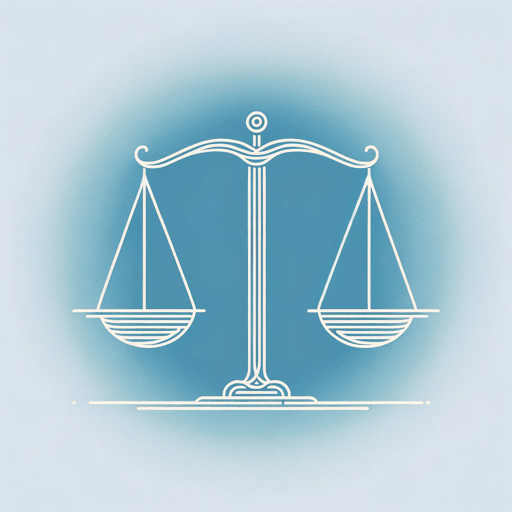
If—
Rudyard Kipling

Kim
Rudyard Kipling

Lispeth
Rudyard Kipling
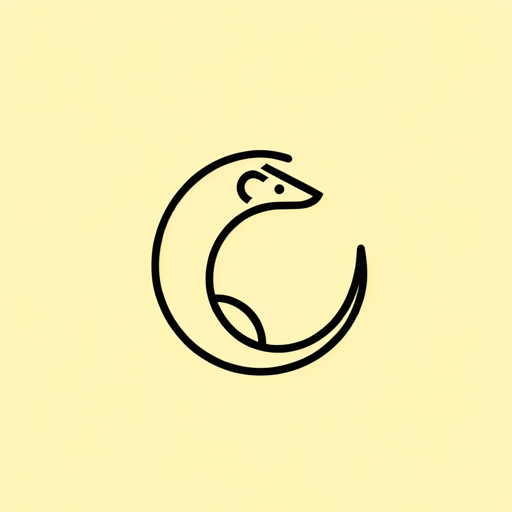
Rikki Tikki Tavi
Rudyard Kipling
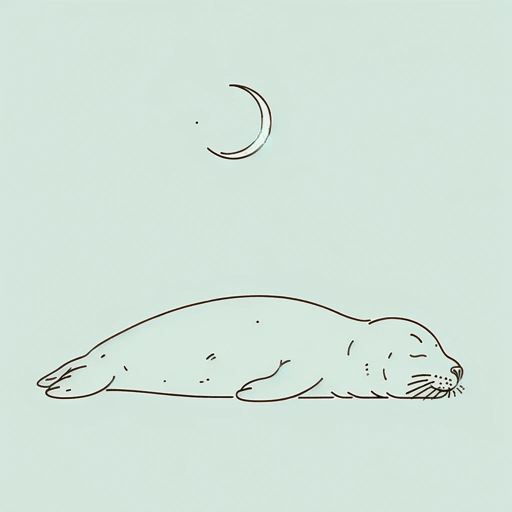
Seal Lullaby
Rudyard Kipling
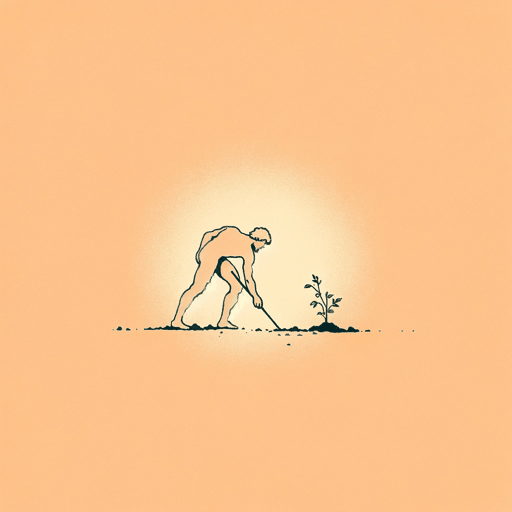
The Conundrum of the Workshops
Rudyard Kipling
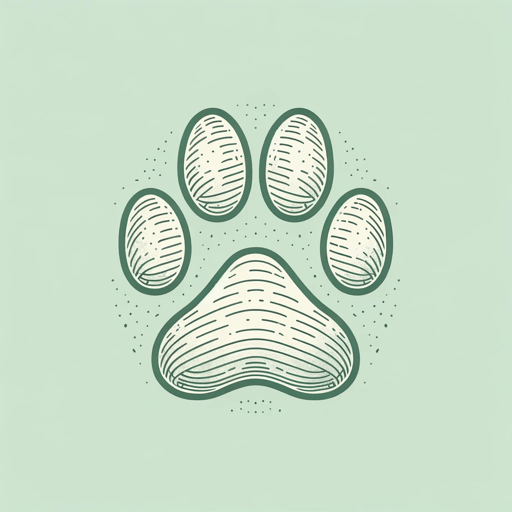
The Jungle Book
Rudyard Kipling

The Man Who Would Be King
Rudyard Kipling

The White Man's Burden
Rudyard Kipling
